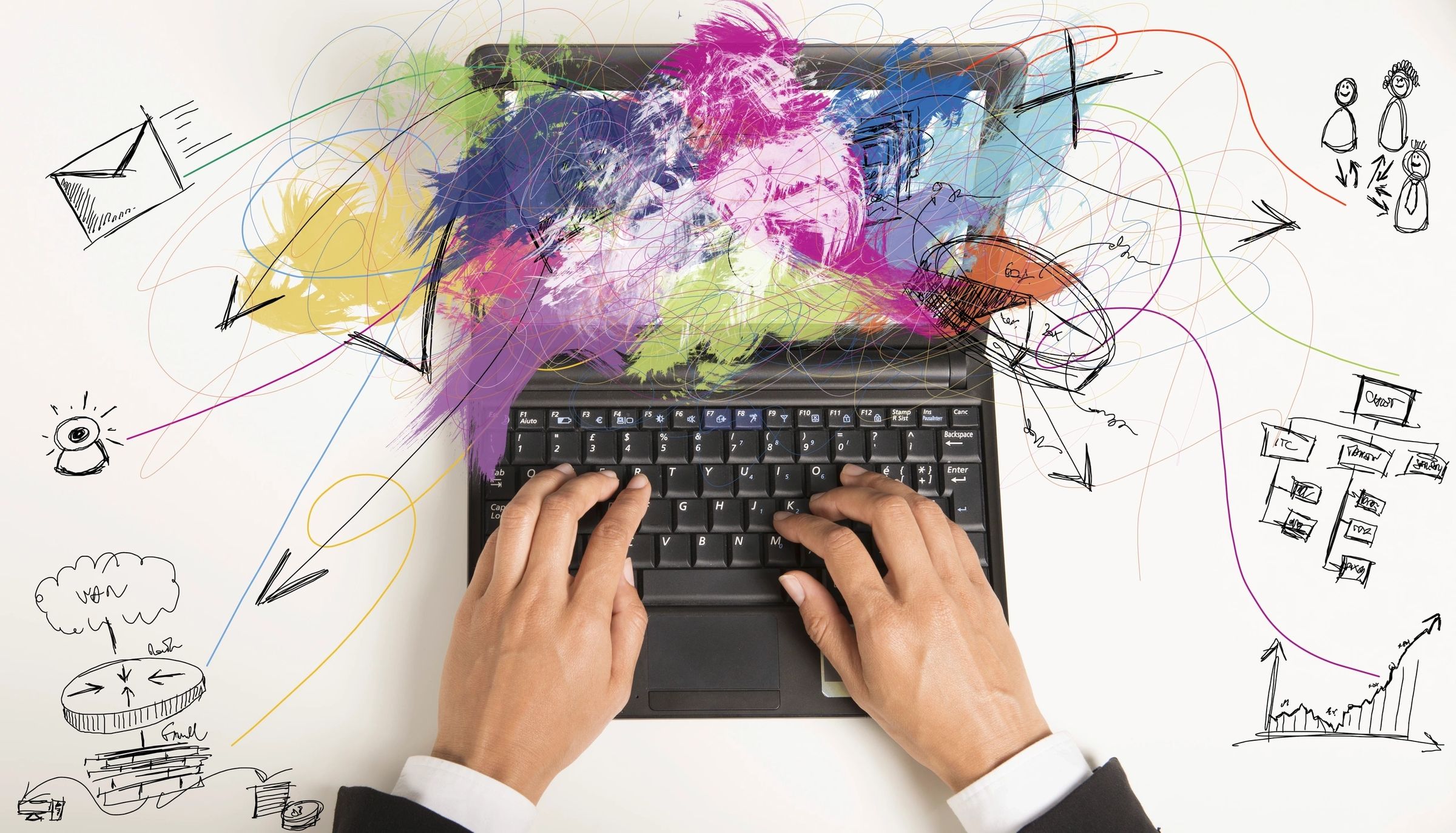It may sound opportunistic to talk about the need to implement an e-invoicing solution at this time when Coronavirus has been officially confirmed as pandemic by the World Health Organisation. Markets are stumbling, shelves in supermarkets are empty, Italy has recently announced that the whole country will be in quarantine and it seems that Spain is next in adopt this approach.
This is precisely why we need to ask ourselves why we are still generating paper invoices in those countries where an e-invoicing solution could be implemented.
Plato coined the phrase, “Necessity is the mother of invention”. I would add “the mother of adoption” as well. Very often a crisis acts as the mechanism that forces innovation and co-operation, which leads to rapid advances in the implementation of technology, regulation and / or procedures.
In 2019, the global market was initially expected to manage 550 billion invoices manually. It is forecast that this will quadruple by 2035. In 2019, only around 55 billion invoices were exchanged electronically (Bruno Koch, the e-invoicing journey 2019-2025, Ballentis, four edition). These figures clearly show that there is still a great dependency on paper invoices, which means companies rely on having someone in the offices printing and sending invoices by post to their End-customers.
This human dependency in the invoicing process is a threat for those companies who are located in “containment zones” that are suddenly becoming entirely countries. In those places, people have been forced to work from home which means you will not be able to print and post those invoices. Even if you do, your customers will face the same challenge.
Recommendations for a quick win
The priority at this time is to maintain adequate cash flow. Remember that companies go out of business more easily due to lack of cash than a drop in sales or profits.
If your business is not selling toilet paper, hand sanitiser, or has discovered a Coronavirus vaccine, you are most likely having a drop in sales. So, let’s make sure that invoices are sent out in a timely and correct manner!
Allocate the necessary resources to the Collection department in order to recover those bills that are already overdue, even if you have to consider wearing some discounts. Better to have those funds in your bank account than in your Accounts Receivable balance.
For countries where e-invoicing is compliant
- To begin with, it is time to consider seriously making electronic invoicing mandatory. This would allow companies to submit and/ or receive invoices electronically, to process them automatically and to greatly reduce human intervention.
- Sourcing departments need to fully support the initiative above by communicating it to suppliers and including a clause in suppliers’ contracts if it is required.
- Approach your e-invoicing services provider immediately to launch an on-boarding campaign to target those suppliers who are still not using the e-invoicing solution.
- As mentioned in my previous blog, if you are a supplier submitting a considerable number of invoices, you should aim to implement the integrated solution, since this is the most cost-effective choice and also is less prone to human error, which further increases the automation and invoice quality.
- However, the implementation process of this solution takes longer (approximately six months), but you need a quick solution right now. Therefore, start using the web-form solution while your IT team works on the implementation of the integrated solution.
- Setting up a web-form account takes less than a week. As soon as the account is up and ready you could start entering your invoices in the portal, either manually or through a PO flip.
- Suppliers need to ensure that POs are available in the portal before submitting invoices. Invoices should match the purchase order details. Otherwise, they will fail or be put on hold until the information is corrected or confirmed.
- Special attention should be paid to invoice rejections. Adjust your invoices and re-submit them with the relevant corrections. Everyone is under pressure now, so let’s avoid unnecessary friction or delays.
- Some e-invoicing service providers are also offering Optical Character Recognition (OCR) solutions, which allow scanning invoices and intelligently recognising and capturing data without using templates.
- There is the option to set up a direct EDI connection, but this is something you should only consider with very high-volume suppliers/customers. However, an in-house solution tends to be more expensive, requires high IT department intervention, and additionally, the implementation requires some security checks and testing that demand extra time.
For countries where e-invoicing is not permitted
- There are several countries around the world in which it is still not compliant to submit invoices electronically. In fact, there are places where invoices have to be printed, stamped and signed in a particular ink colour.
- In this instance, the options are limited. The best you can do is to mutually agree with customers to submit pdf invoice copies by email to a dedicated mailbox.
- Companies need to have a process in place to download invoices constantly from those mailboxes. Otherwise, invoices may be rejected and sent back to the suppliers, without anyone seeing them because inboxes are full.
- Some companies have their own portal where invoices are always available through a login, and can be directly downloaded by the authorised end customers. So, ensure you provide the required access and training for your customers.
- Optical Character Recognition (OCR) solutions help here. It depends on how the process is set up internally and how the OCR interfaces with the ERP system.
Additional comments
Organizations working with a shared services centre (retained and / or off-shore) should review the impact on their capacity and productivity, and their mitigation plan. In India, for instance, if a company wants people to work from home, it may require approval from Government and from the Department of Telecommunications.
Special attention should be paid to the reconciliation process of the open balances. Automation for this process is necessary to ensure only open invoices/credit notes are reflected and to avoid invoices becoming overdue.
Keep calm but be prepared for the worst! Review your budgets and forecasts and adjust them to reflect new market conditions. Cut costs where you can.
Companies should also make sure their employees have the right infrastructure to work from home such as laptops, connectivity and phones.
Getting invoices electronically is a step forward in driving efficiency and reducing human intervention, especially in these days of Coronavirus. However, companies will not be able to achieve full invoice automation without investing time and effort in improving their purchase order quality.
Matching a high percentage of invoices automatically is another big target. AP teams spend enormous amount of time resolving invoice mismatches, both internally with the PO requestors and externally with suppliers.
We are trying to react to an unexpected situation. However, increasing automation will require deeper integration with source procurement, ERP and accounting systems in order to perform validation and analysis. This should be complemented with artificial intelligence (AI), smart workflows, Blockchain and analytics.
Governments need to reconsider seriously moving from paper invoices to electronic invoices. And take into account the Purchase to Pay End to End process. What is good for government is not always good for business pointed out Ruud van Hilten, SVP Tungsten Product Compliance recently.
Finally, e-invoicing services providers must agree on standard templates, rules and formats. They should easily inter-connect with different companies, ERP systems and another provider. So, that companies who are using their services do not require several connections.
This Coronavirus crisis is an opportunity to work together. We can tackle this pandemic, and also meet all the other challenges that we currently face. Keep safe!



